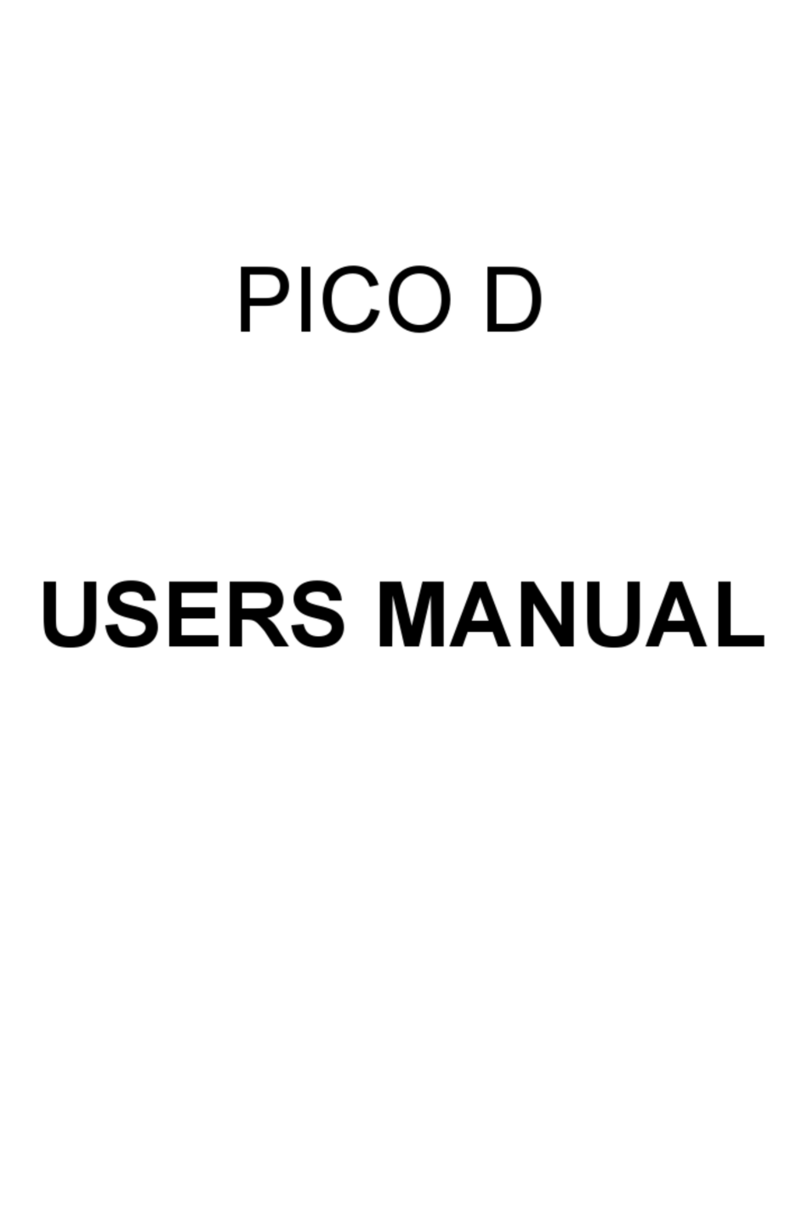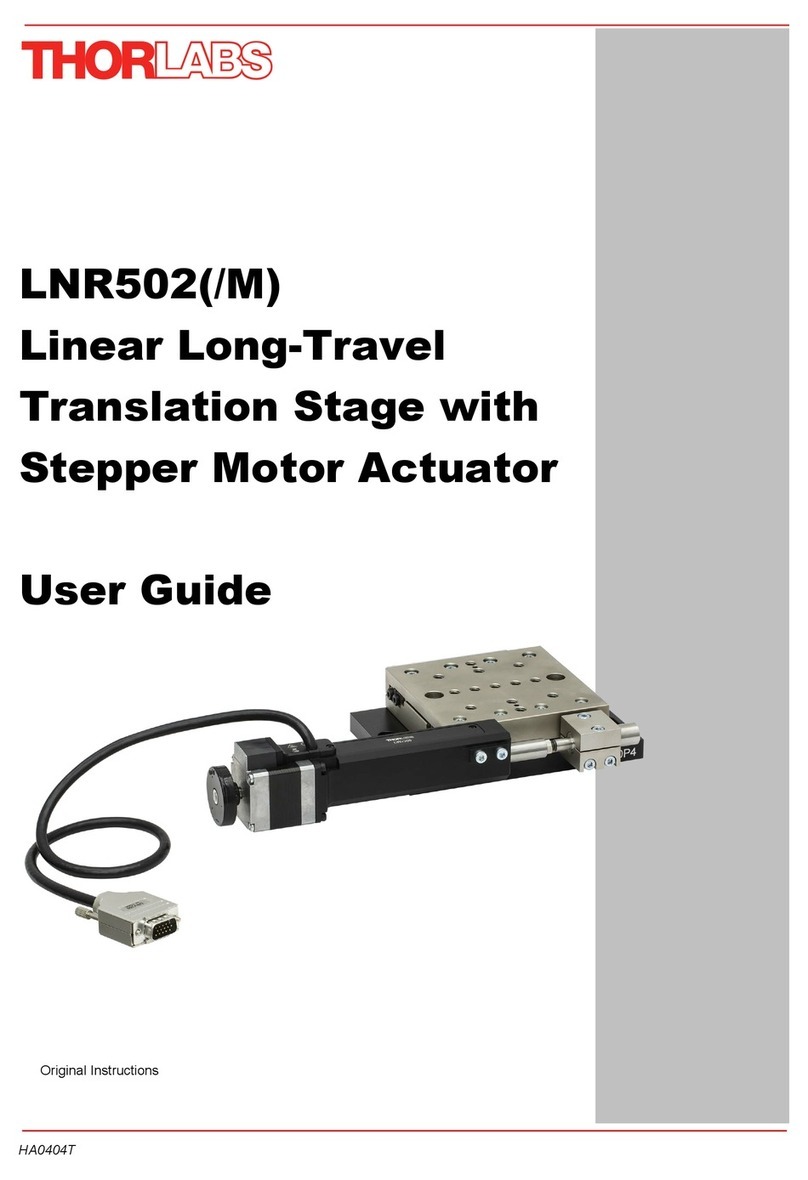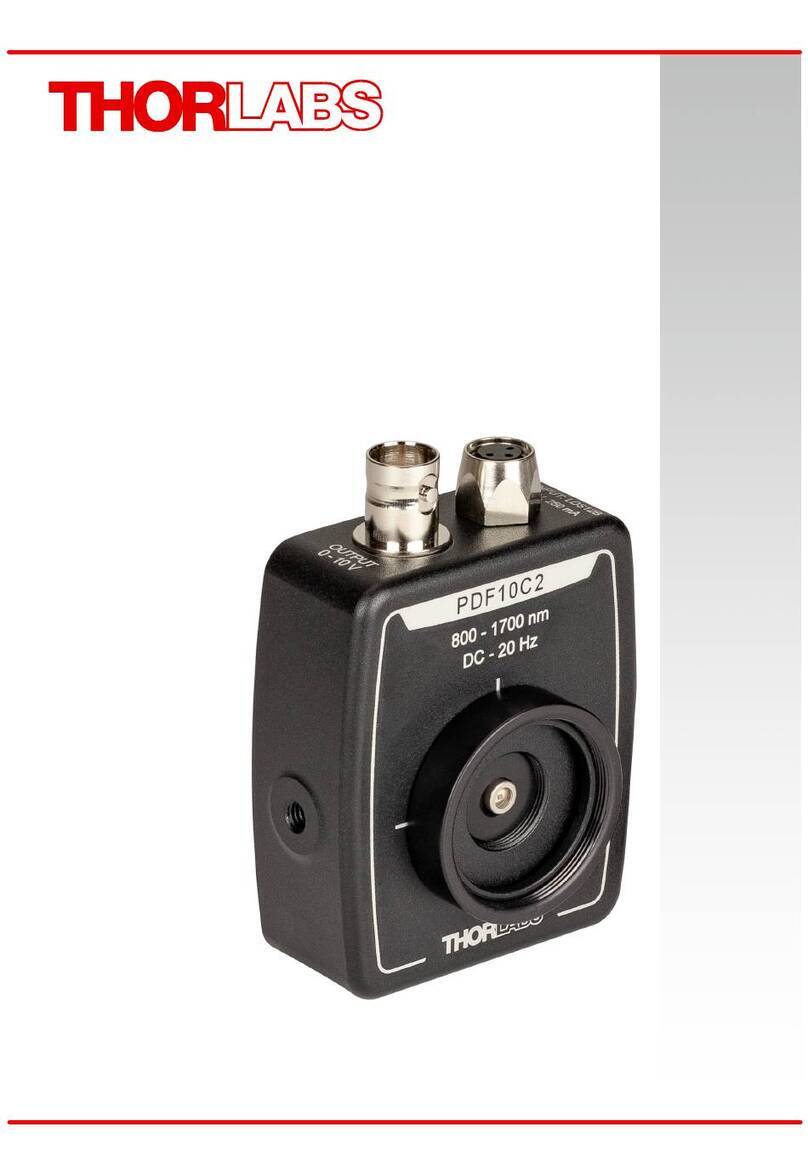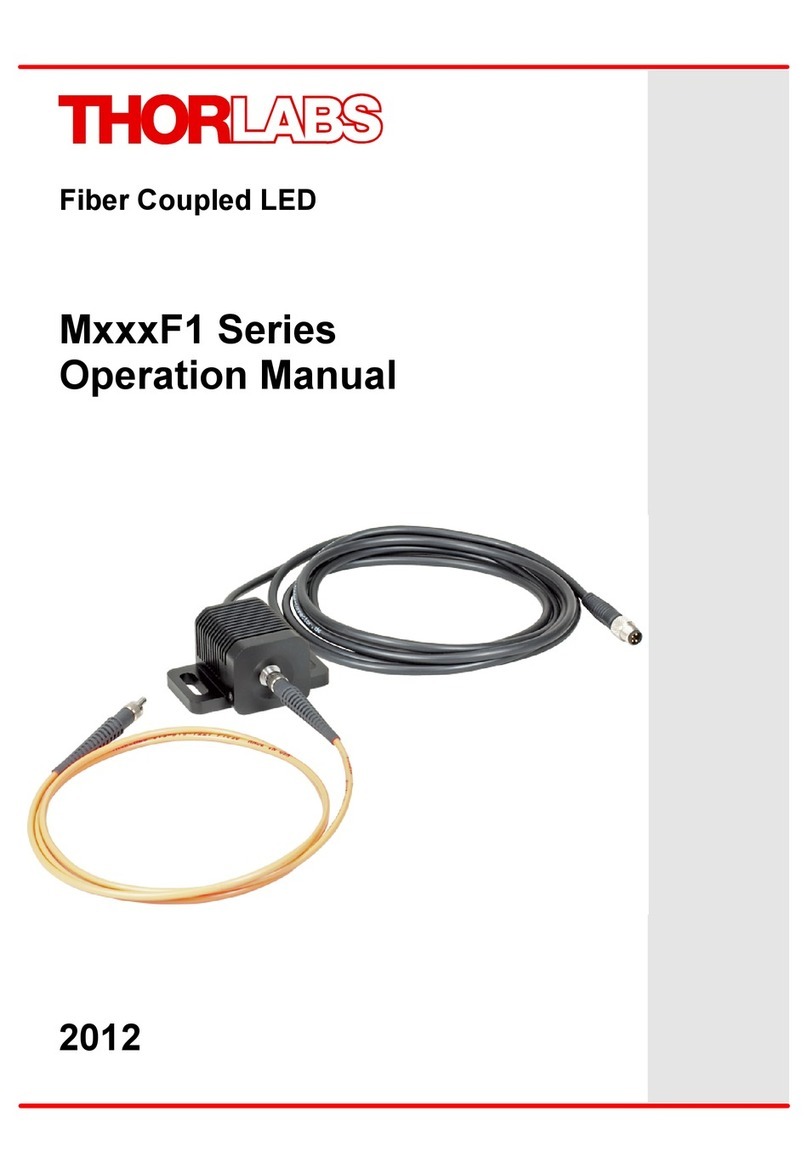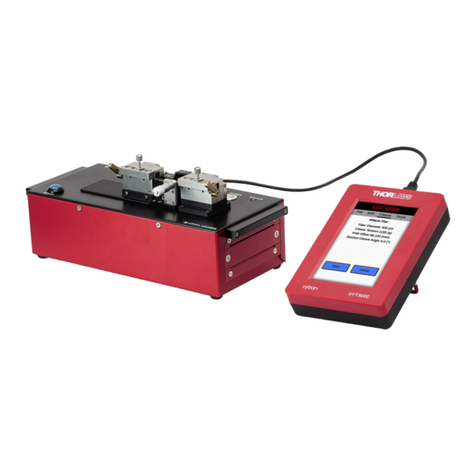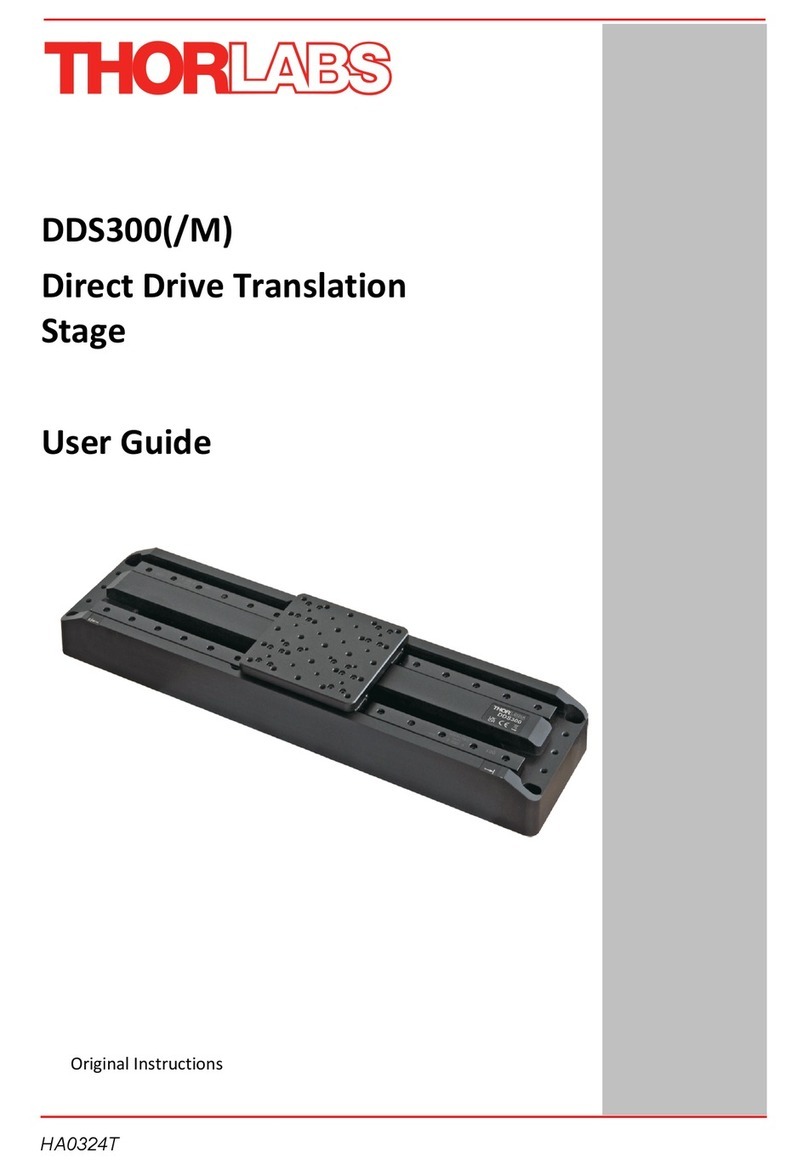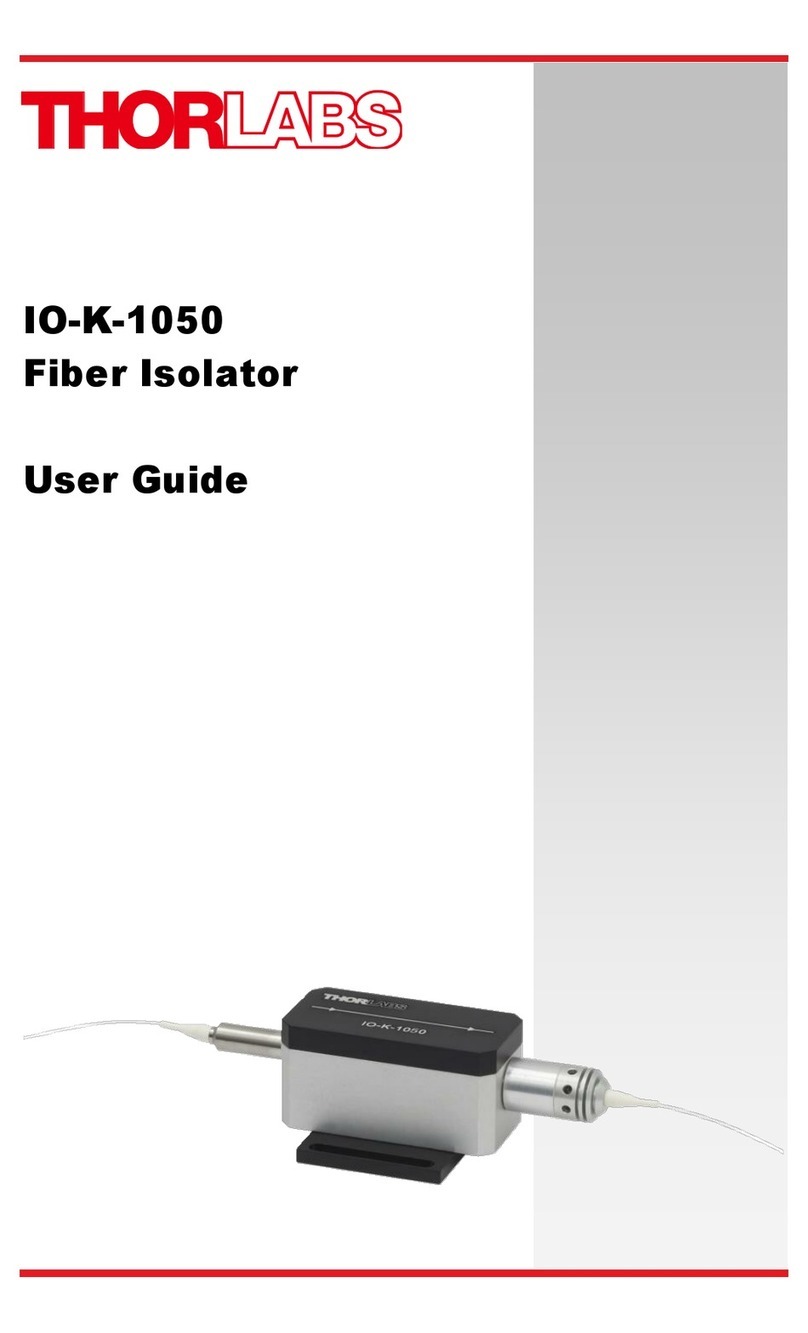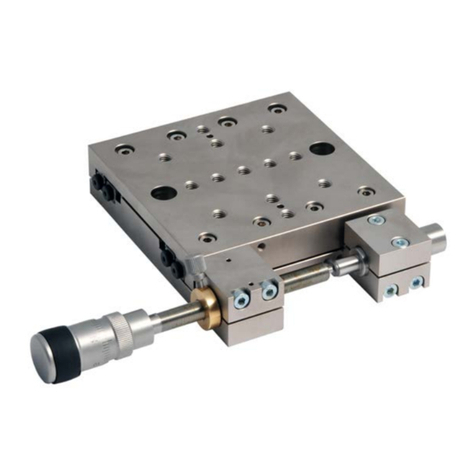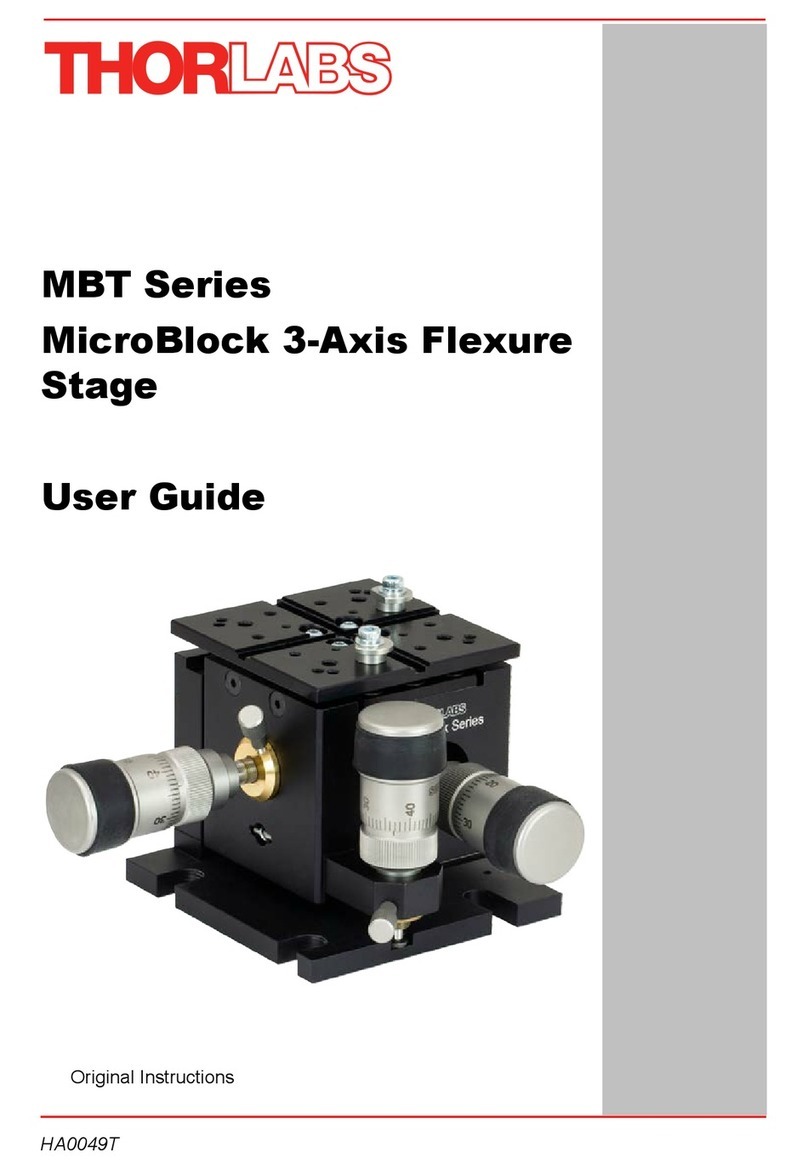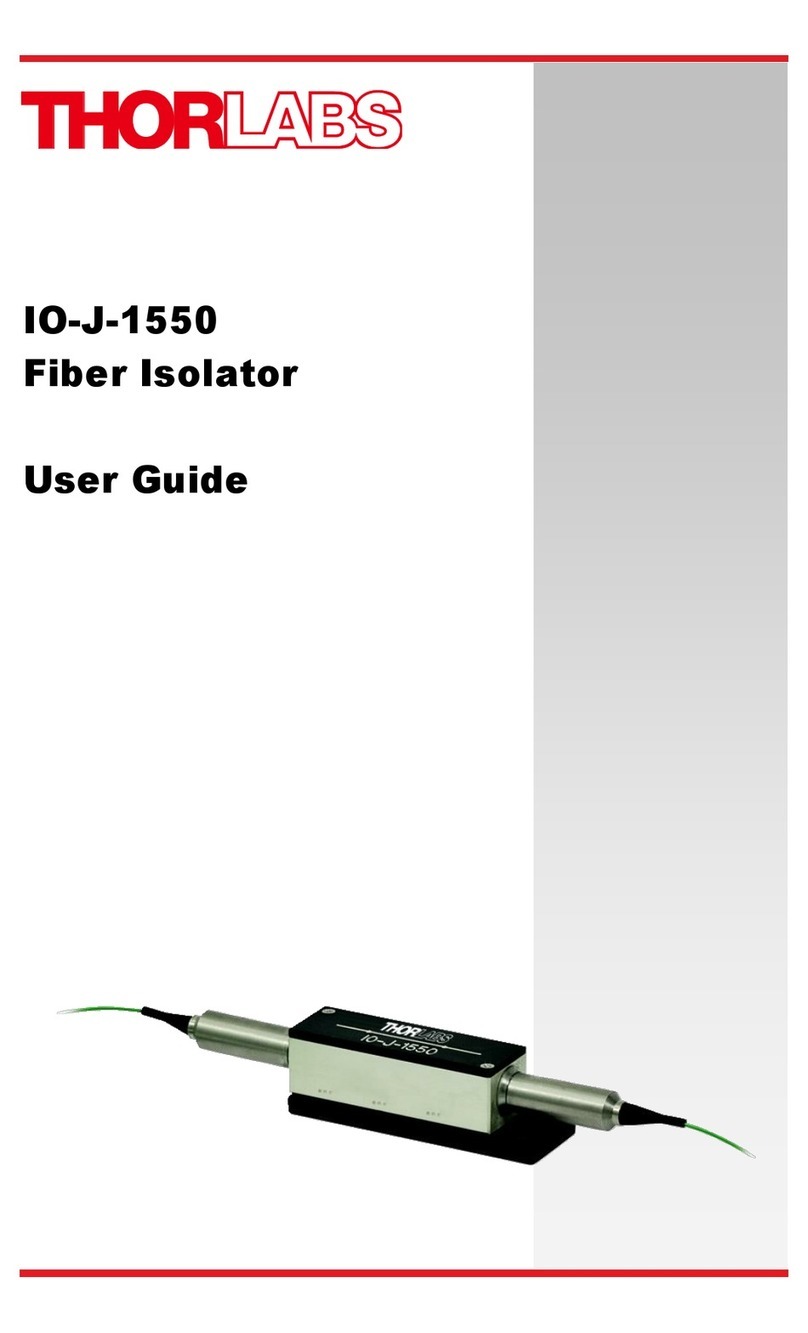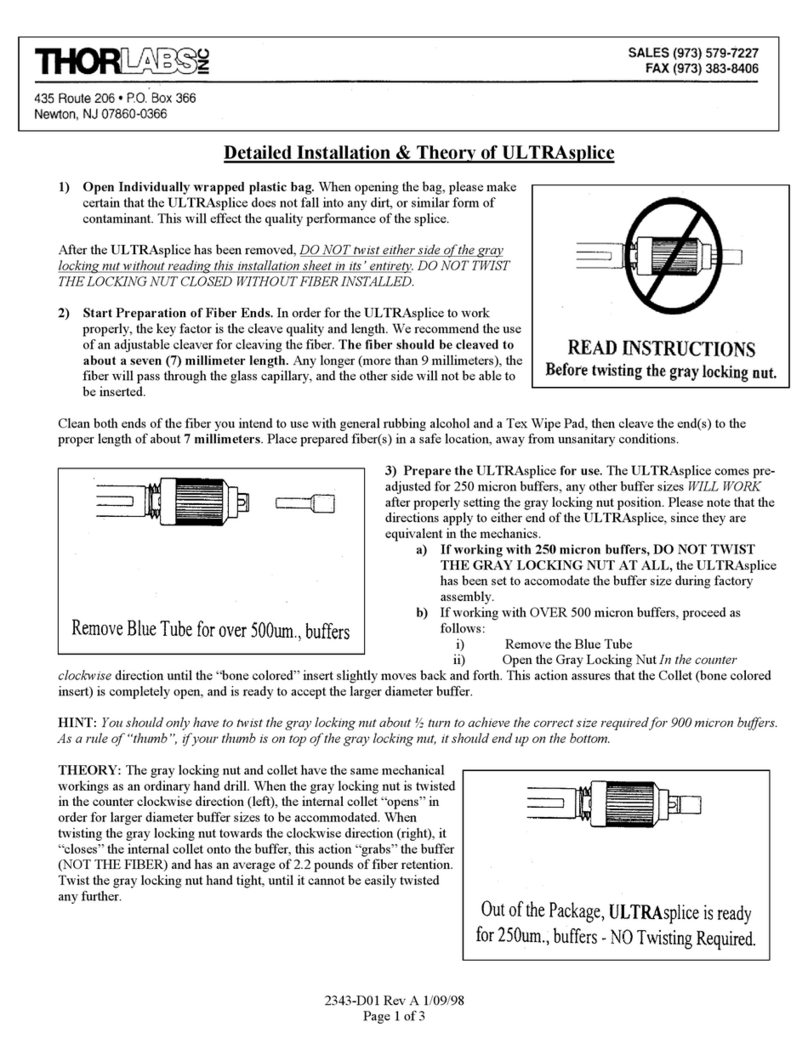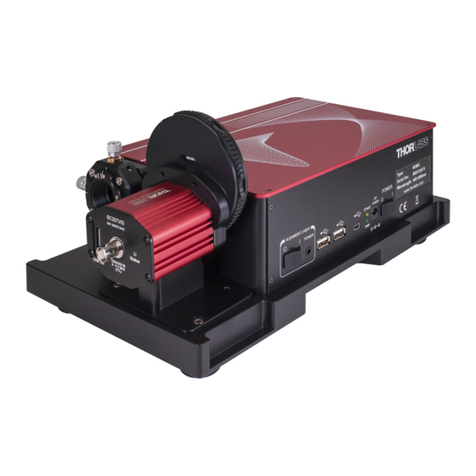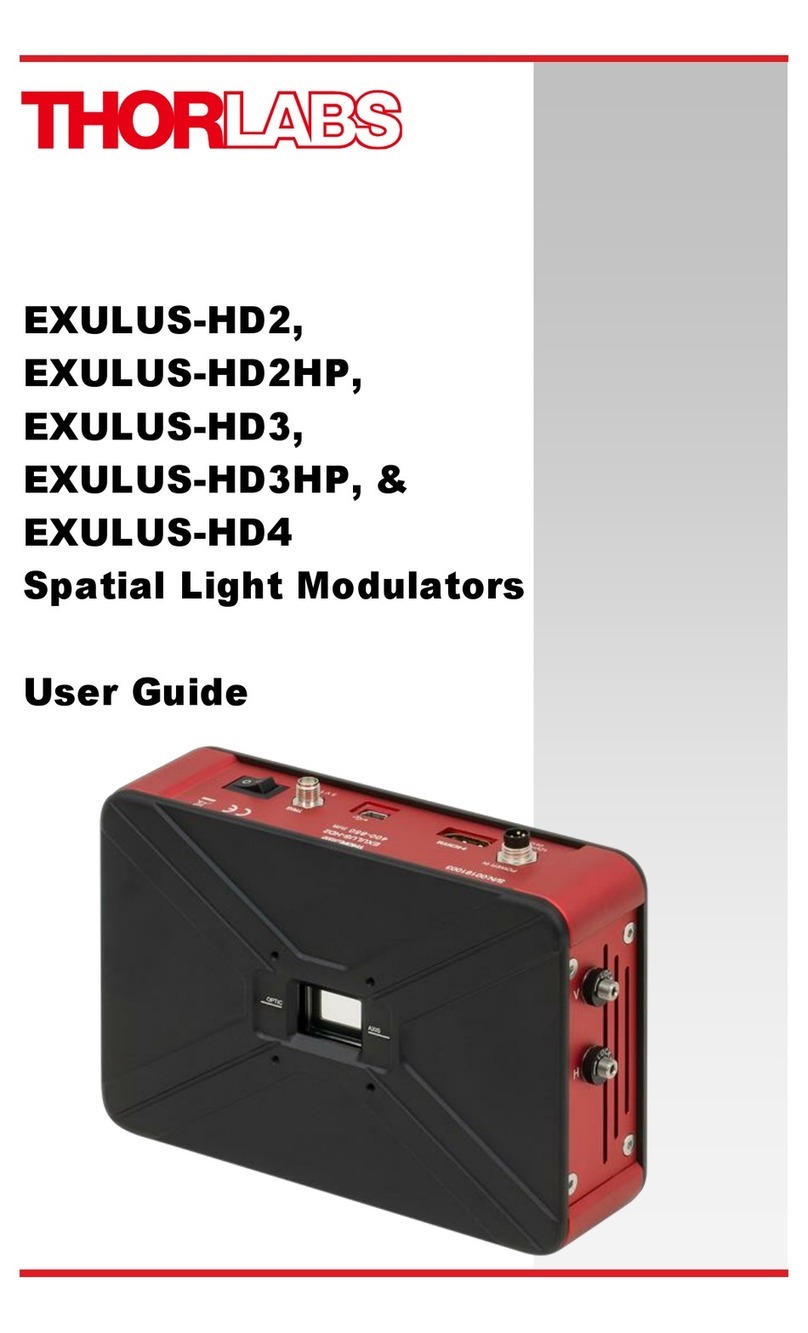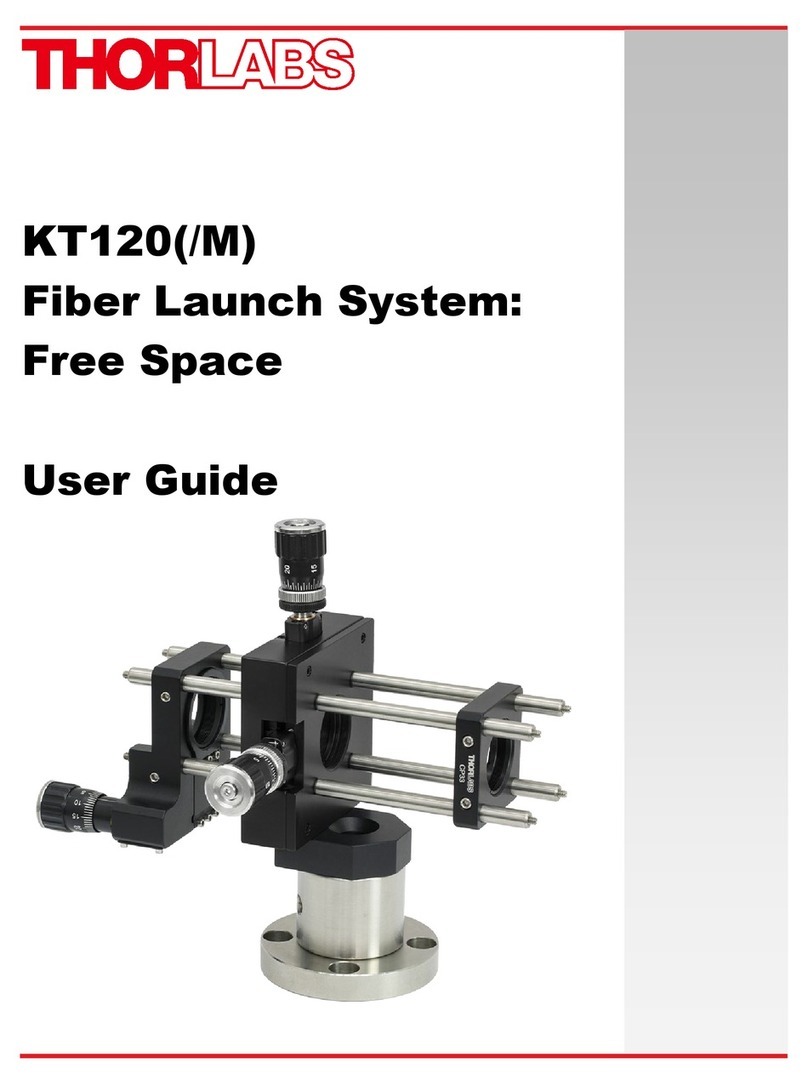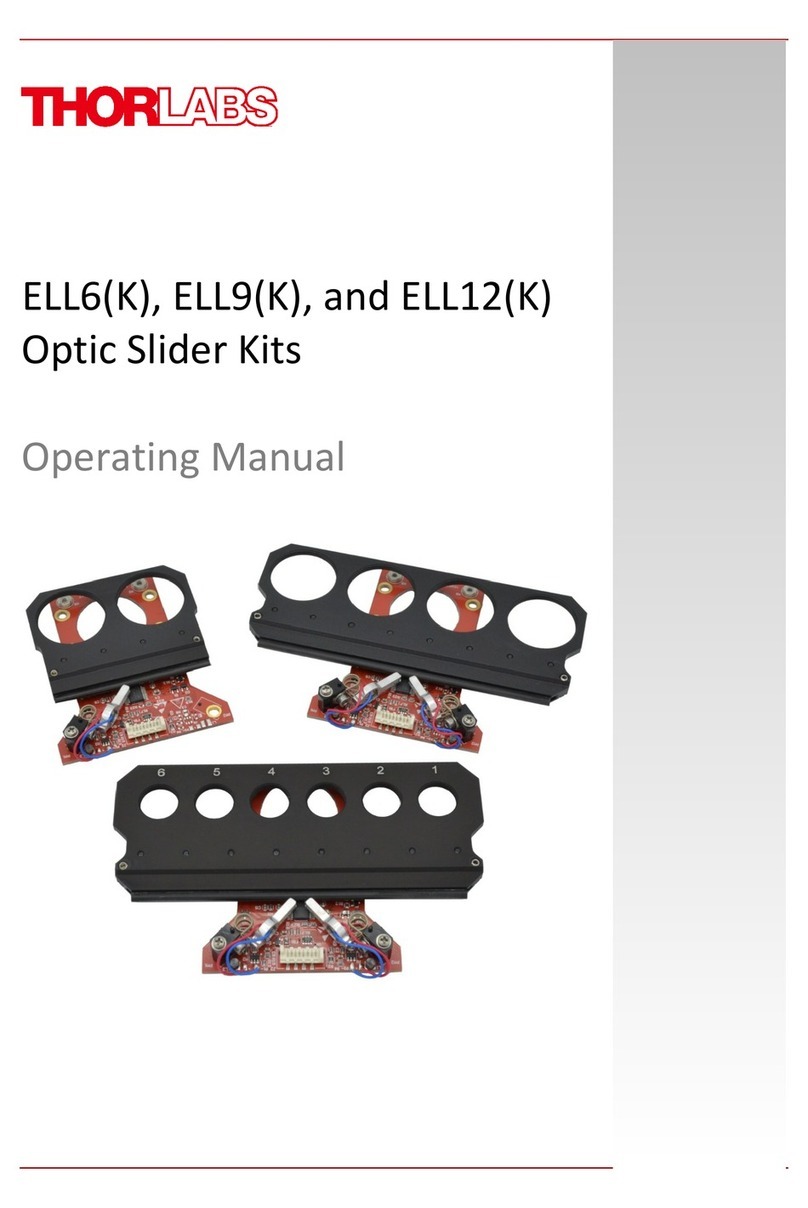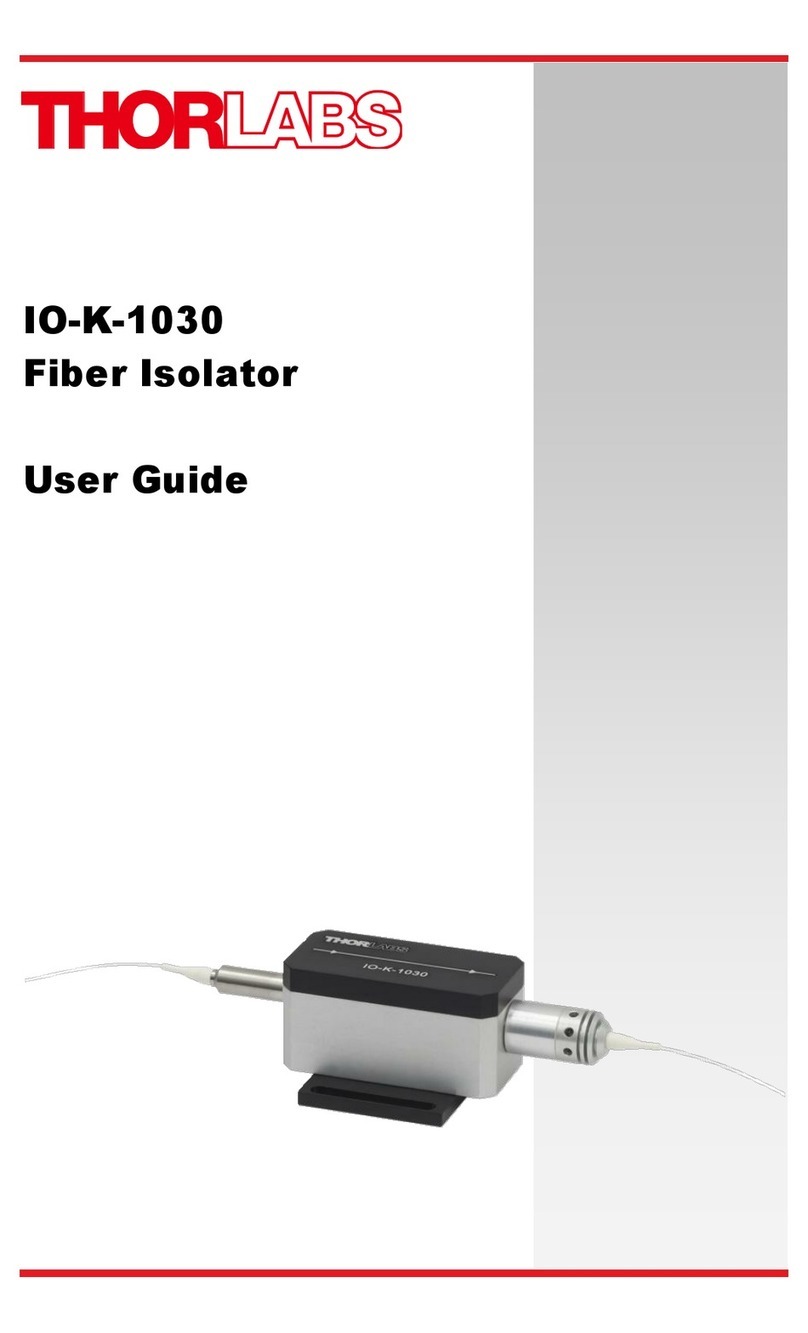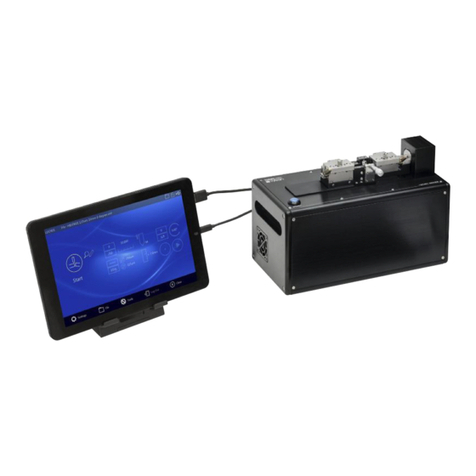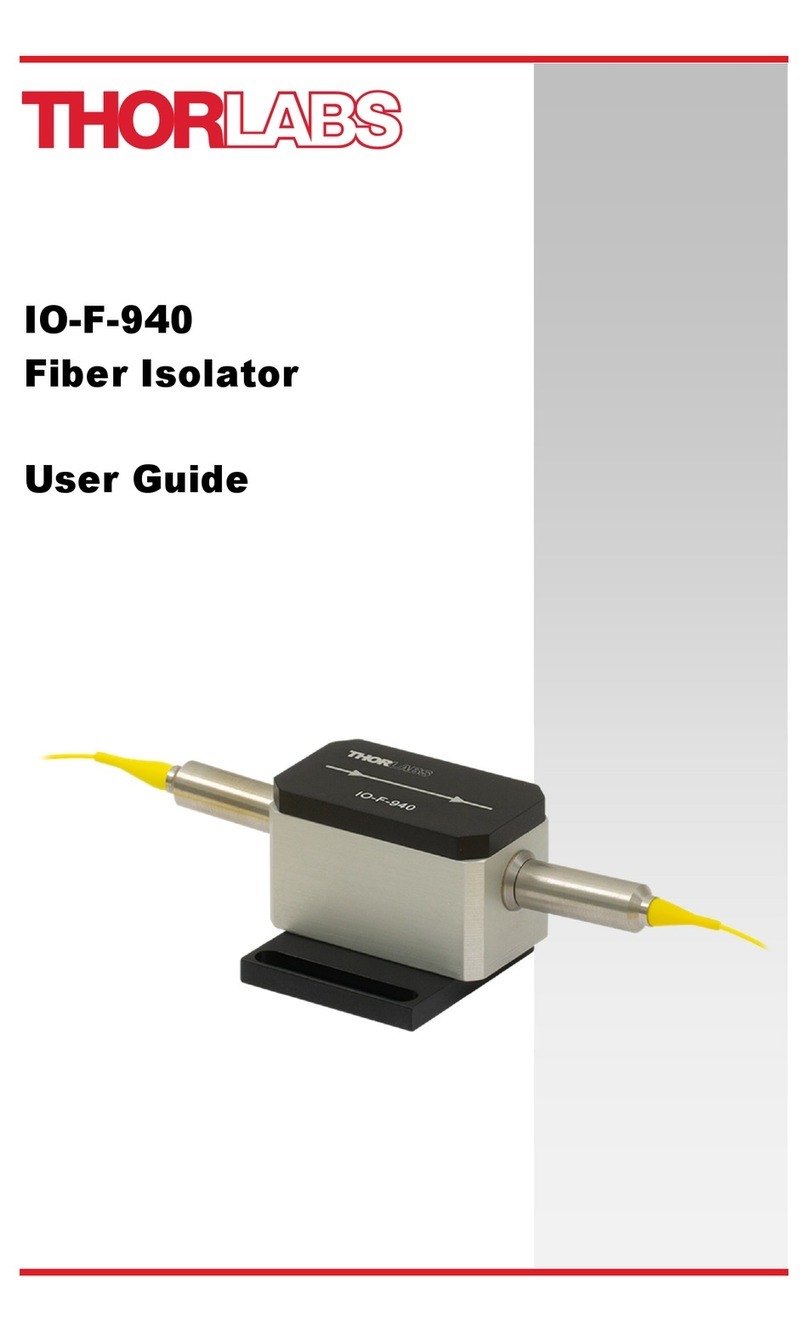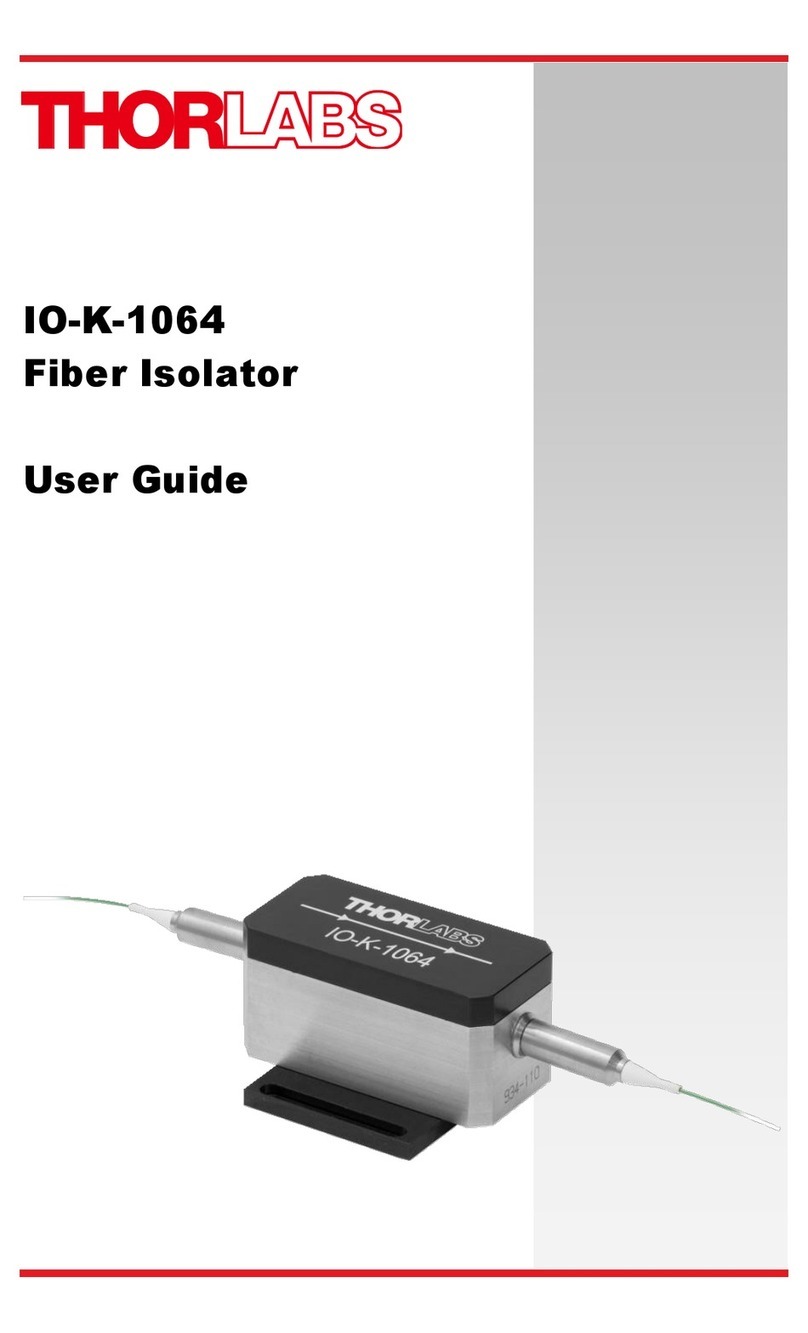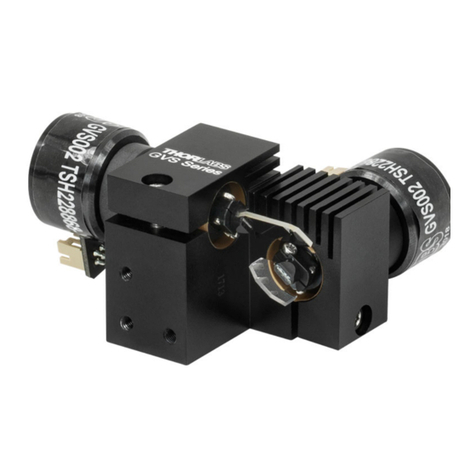
Page 0
Contents
Chaper 1 Overview ......................................................................................................1
1.1 Introduction .........................................................................................1
Chaper 2 Safety ...........................................................................................................2
2.1 Safety Information ..............................................................................2
2.2 General Warnings ...............................................................................2
Chaper 3 Installation ...................................................................................................3
3.1 Installation ...........................................................................................3
3.1.1 Siting ....................................................................................................... 3
3.1.2 Environmental Conditions ....................................................................... 3
3.1.3 Mounting ................................................................................................. 3
3.1.4 Electrical Connections ............................................................................ 5
3.1.5 Pneumatic Connections .......................................................................... 6
3.2 Fitting/Removing The breadboard ....................................................8
3.2.1 Switching ON .......................................................................................... 9
Chaper 4 Set Up ........................................................................................................11
4.1 Front Panel Controls and Indicators ...............................................11
4.2 Menu System Overview ....................................................................11
4.2.1 Set Up Menu ......................................................................................... 12
4.3 Initial Set Up ......................................................................................13
4.3.1 Units Selection ...................................................................................... 13
4.3.2 Weight/Pressure (Default PID) Selection .............................................. 14
4.3.3 Switching ON Active Leveling ............................................................... 15
4.4 Levelling the System ........................................................................16
4.4.1 Settle Position ....................................................................................... 16
4.4.2 Error Band ............................................................................................ 17
4.5 Further Tuning and PID Parameter Adjustment ...........................18
4.6 Save Settings ....................................................................................23
4.7 Return ................................................................................................23
Appendices
Appendix A Connector Pinout Detail ..........................................................24
Appendix A Load Position and Stability......................................................25
Appendix B Preventive Maintenance ..........................................................26
Appendix C Specifications............................................................................27
Appendix D Regulatory ................................................................................28
Appendix E Thorlabs Worldwide Contacts ................................................29
